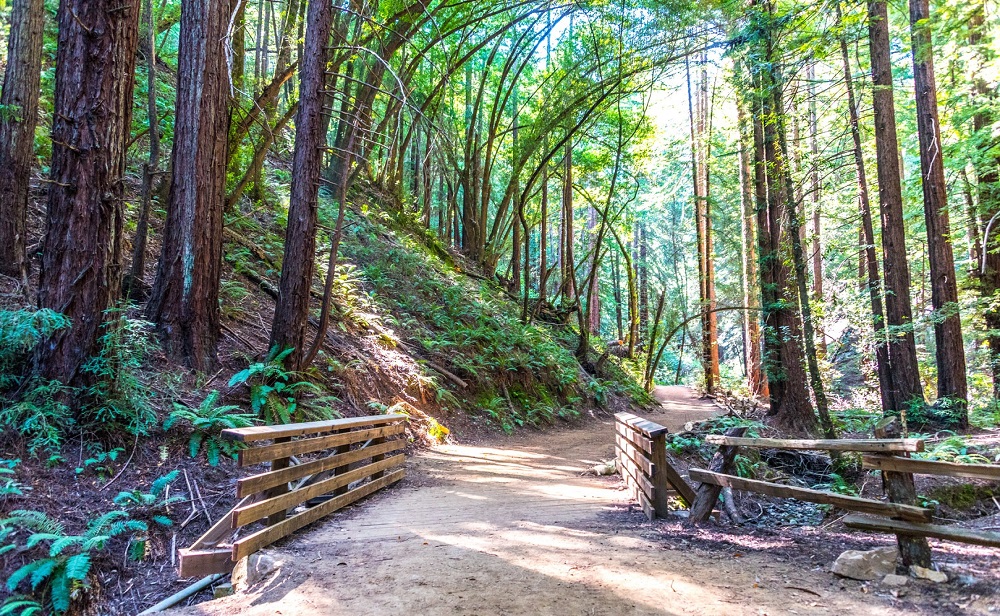Find walking trails near me: Discovering nearby walking trails offers a wealth of benefits, from improving physical health and mental well-being to exploring local nature and fostering a sense of community. Whether you’re a seasoned hiker seeking challenging routes or a casual walker looking for a relaxing stroll, finding the perfect trail depends on understanding your needs and utilizing the right resources. This exploration will delve into the various factors influencing trail selection, the best data sources to locate them, and how to present this information effectively to enhance the user experience.
From identifying user intent and motivations behind searches for “find walking trails near me” to addressing accessibility considerations for diverse users, we will examine how technology and data can be harnessed to provide a seamless and enriching experience for everyone. We will also consider the different types of users, such as casual walkers, serious hikers, and families, and how their specific needs shape their trail selection criteria.
Enhancing the User Experience
A positive user experience is crucial for the success of any trail-finding application. By incorporating interactive elements, robust error handling, and effective feedback mechanisms, we can significantly improve user engagement and satisfaction. This section details methods for achieving this.
Interactive elements are key to creating an engaging and personalized experience. They allow users to actively participate in the process of finding and planning their hikes.
Interactive Elements for Enhanced User Engagement
Interactive features dramatically improve the user experience by allowing for personalized searches and efficient route planning. The inclusion of these elements transforms a simple database of trails into a dynamic and helpful tool.
- Trail Characteristic Filters: Users should be able to filter trails based on various criteria such as distance, elevation gain, difficulty level (easy, moderate, strenuous), trail type (paved, dirt, gravel), and the presence of features like water sources or scenic overlooks. This allows for precise searches tailored to individual preferences and fitness levels. For example, a user could filter for trails within a 5-mile radius, with less than 1000 feet of elevation gain, and rated as “easy”.
- User Reviews and Ratings: Integrating a user review system allows users to share their experiences, providing valuable insights for others. Reviews could include comments on trail conditions, scenery, and overall enjoyment. A star rating system would provide a quick visual summary of user sentiment. This fosters a sense of community and encourages transparency, improving decision-making for potential hikers.
- Route Planning Tools: Incorporating route planning capabilities allows users to create custom itineraries combining multiple trails or segments. This could include features such as distance calculation, estimated hiking time, elevation profiles, and the ability to save and share planned routes. A map integration with clear trail markings and waypoints would greatly enhance this functionality. Imagine a user planning a multi-day backpacking trip, seamlessly combining several trails into a cohesive itinerary.
Error Handling and Unexpected Situations
Effective error handling is crucial for maintaining a positive user experience. The application should gracefully handle situations where no trails are found or when data is insufficient.
- No Trails Found: If a search yields no results, a clear and helpful message should be displayed, suggesting alternative search criteria or indicating potential reasons for the lack of results (e.g., search area too restrictive, incorrect search terms). For instance, a message like “No trails found matching your criteria. Try widening your search area or adjusting your filters.” would be more user-friendly than a simple “No results.”
- Insufficient Data: In cases of incomplete or missing data for specific trails, the application should indicate this clearly. Instead of displaying incomplete or inaccurate information, a message like “Data for this trail is currently unavailable. Please check back later.” would prevent misleading users.
- Offline Functionality (Optional): Consider offering limited offline functionality for users in areas with poor or no internet connectivity. This could involve caching frequently accessed data or providing access to previously downloaded maps.
User Feedback Mechanisms
Regularly soliciting and incorporating user feedback is vital for continuous improvement. This allows for identifying areas needing improvement and ensuring the application remains relevant and user-friendly.
- In-App Feedback Forms: An easily accessible in-app feedback form allows users to report bugs, suggest improvements, or provide general comments. This should be simple to use and encourage detailed feedback. The form should ideally include fields for describing the issue, providing screenshots, and indicating the user’s device and operating system.
- Email Feedback: Providing a dedicated email address for feedback allows users to contact the developers directly. This is particularly useful for complex issues or sensitive information.
- Social Media Monitoring: Monitoring social media channels for mentions of the application can provide valuable insights into user experiences and identify potential issues or areas for improvement. This provides a broader view beyond direct feedback mechanisms.
Closing Notes
Ultimately, successfully navigating the search for “find walking trails near me” requires a multifaceted approach. By understanding user needs, leveraging diverse data sources, presenting information effectively, and prioritizing accessibility, we can empower individuals to discover and enjoy the numerous benefits of exploring local trails. The combination of robust data aggregation, user-friendly interfaces, and thoughtful design can transform a simple search into a rewarding outdoor experience for all.




